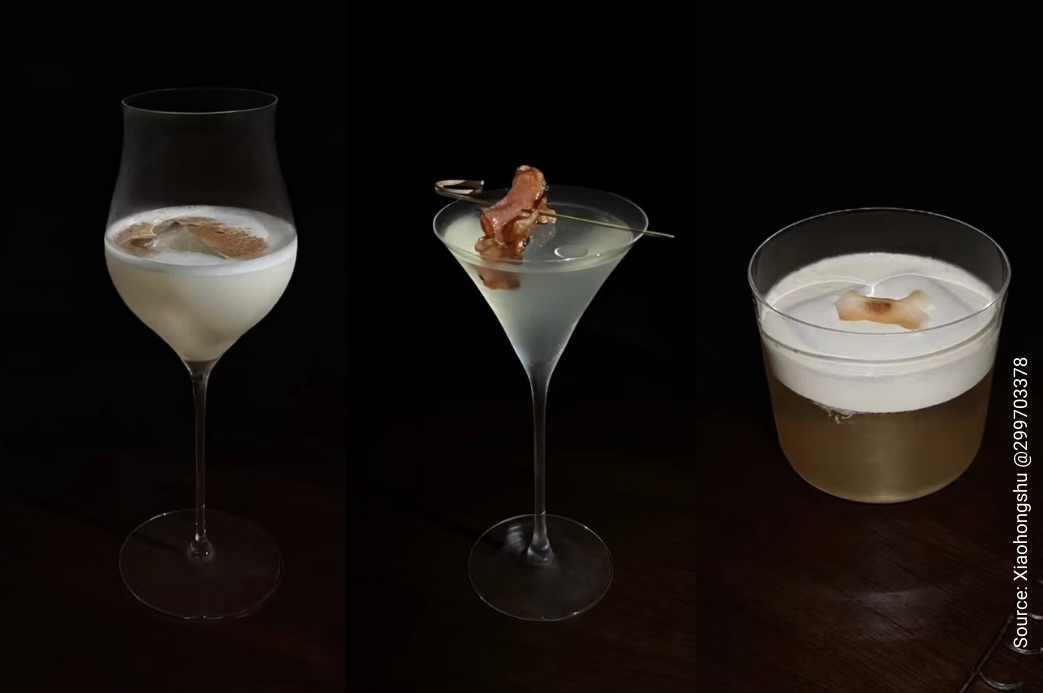The spirit market is growing in China, and mixology has become a trend that’s been popular on social media platforms. The revenue of alcohol sold in supermarkets and convenience stores in China amounts to USD 205.7 billion as of July 2025, compared to the alcohol revenue generated in restaurants and bars, which is USD 119.2 billion. Despite the widespread e-commerce channel, grocery store sales appear to be the more popular choice among younger consumers due to the spontaneous nature of DIY (do-it-yourself) drinks. China’s spirit market has been driven by premiumization, a growing middle class, and social media trends.
Download our China’s wine and spirits industry report
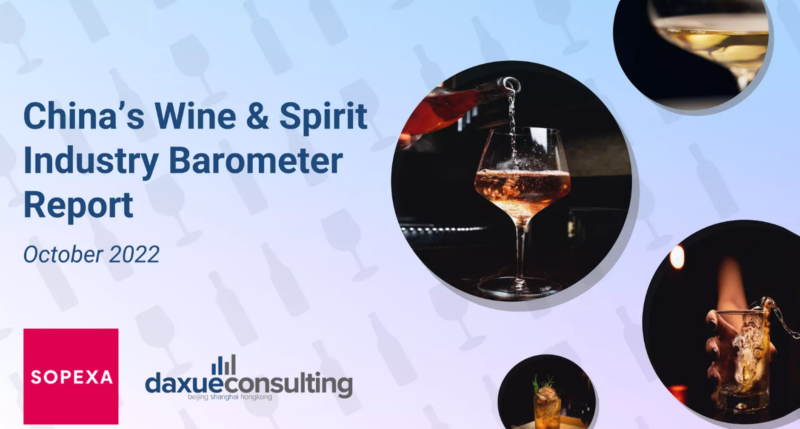
Most popular spirits in China: Shift to premiumization
Baijiu, China’s national spirit, holds a market share of over 90%. Its revenue reached USD 165 billion in China in 2024. The largest baijiu brand, Kweichow Moutai (often referred to as simply Moutai), was listed as the world’s most valuable alcohol company by Brand Finance for the ninth year in a row in 2024. Most of its sales take place domestically. Another leading brand dominating this spirit market is Wu Liangye. Growth is steady due to baijiu’s cultural significance and continued popularity among older generations.
On the other hand, Baijiu is gaining traction internationally. Instead of drinking it traditionally in shots, mixologists are incorporating it into cocktails. This is to make it more approachable for consumers who have never tried it before. For example, a Sichuan restaurant in Singapore called Birds of A Feather is mixing up cocktails with a choice of Wu Liang Ye or Moutai for its customers.
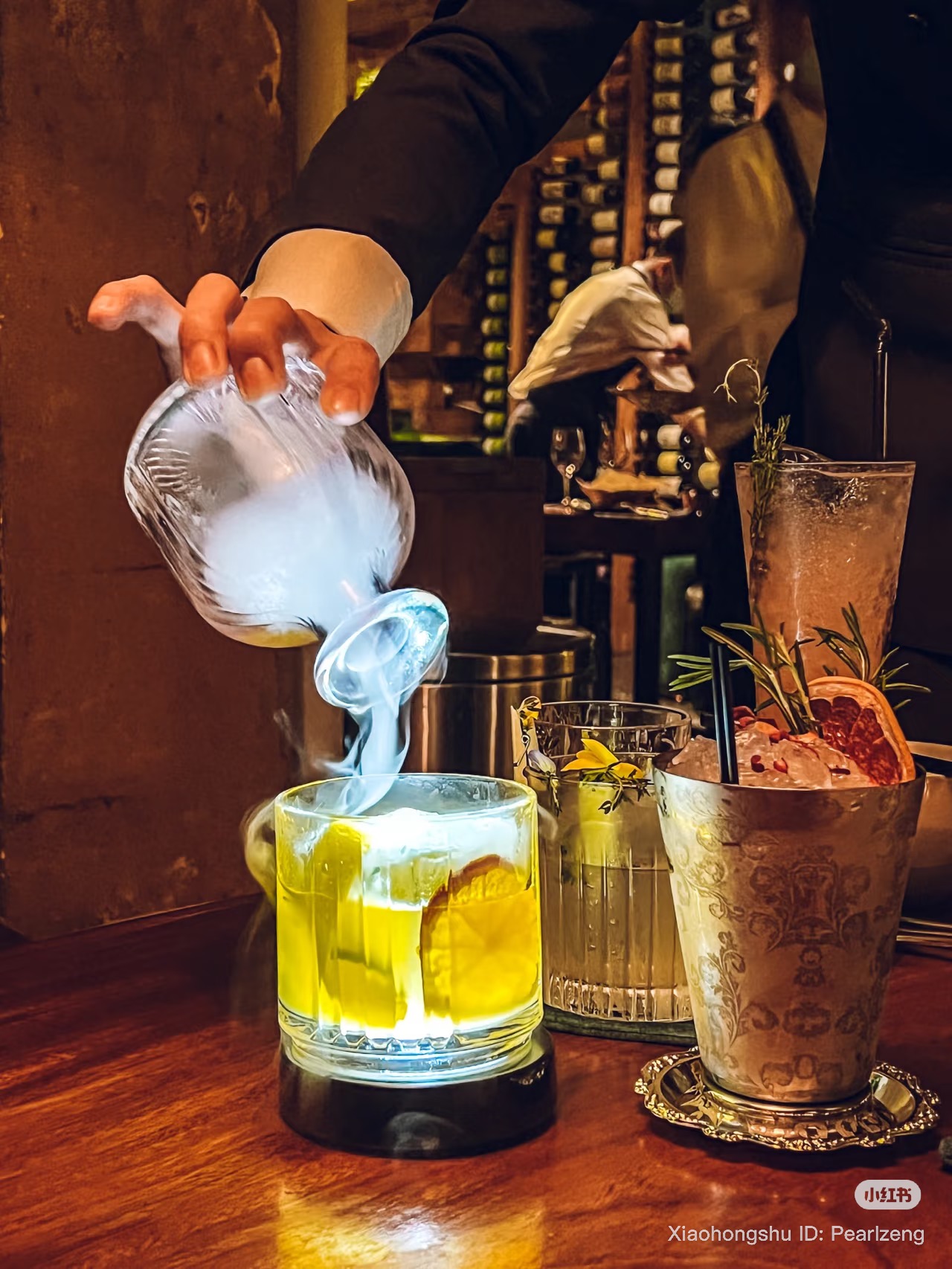
Gen Z drives whisky sales in China’s spirits market
Whisky is experiencing major growth in China, accounting for 47.5% of revenue in the dark spirits market. The rise is largely driven by Gen Z (born between 1997 and 2012), with whisky making up over 50% of alcohol consumption among those born after 1990. Imported single malt whisky in particular is seen as a symbol of sophistication and quality. Younger consumers are also driving sales for spirits like vodka, gin, brandy, and rum; although they hold smaller market shares, their growth is noticeable in major cities with a Western-style nightlife.
China’s growing middle class with rising disposable income has influenced the spirits market as more people are willing to spend money on alcoholic drinks and premium imported spirits. By 2030, the number of wealthy Chinese consumers is expected to increase by 80 million, accounting for 40% of the population. This surge in affluent consumers is directly tied to the demand for high-end spirits, as products like aged whisky, high-end cognac, and limited-edition drinks serve both as a status symbol and expressions of exclusivity. Global brands are tapping into this trend to enter and expand within the market.
Rise of cocktail culture in China
Social norms around alcohol consumption have shifted a lot in recent years, particularly among younger consumers who are starting to enjoy a more Western-style drinking experience. Many are moving away from traditional Chinese spirits and drinking occasions; the rise of cocktail drinks and solo drinking has become the new culture in many cities across China.
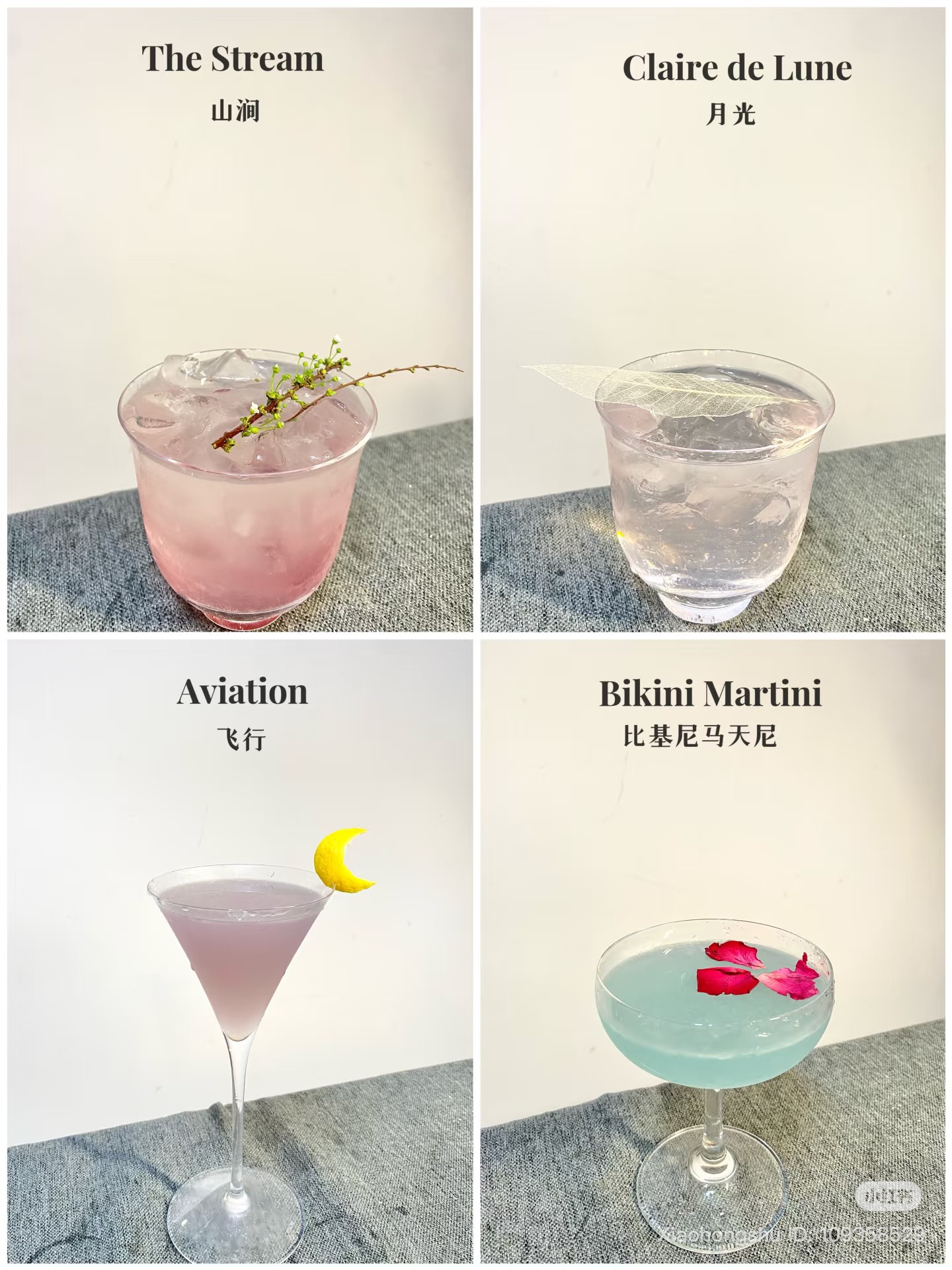
Ready-to-drink cocktails: Low alcohol content with innovative flavors
Pre-mixed cocktails usually consist of alcohol, juice, syrups, and other flavorings. They are very convenient as no mixing is required, and can be consumed directly after purchase. Once limited to nightclubs and bars, these drinks are now common at family gatherings, office events, and other casual occasions. The market is expected to exceed RMB 100 billion by 2025.
Consumers’ demand for light, flavorful drinks that offer mild intoxication has increased. Sales of low-alcohol canned drinks with spirit as the base alcohol (under 3% ABV) rose 40% in 2024, while the market for non-alcoholic pre-mixed cocktails is growing at an annual rate of over 50%.
A popular spirit-based ready-to-drink cocktail brand is RIO. The brand is known for its slogan of “微醉” (slightly drunk/tipsy), each canned drink contains less than 3% alcohol. Many consumers have posted online sharing their experience and reviews of the brand’s many flavors, including vanilla ice cream, passion fruit, white peach, and kumquat. RIO also released a line of stronger drinks called “强爽” (strong and refreshing). This product range went viral online for consumers getting blacked out drunk after just two cans, each containing 8% alcohol. The hashtag #RIO has over 55.4 million views and 163k posts on Xiaohongshu as of August 2025. DIY cocktail mixing at home has also gained popularity. Users are posting guides on how to customize drinks using store-bought ingredients on social media.
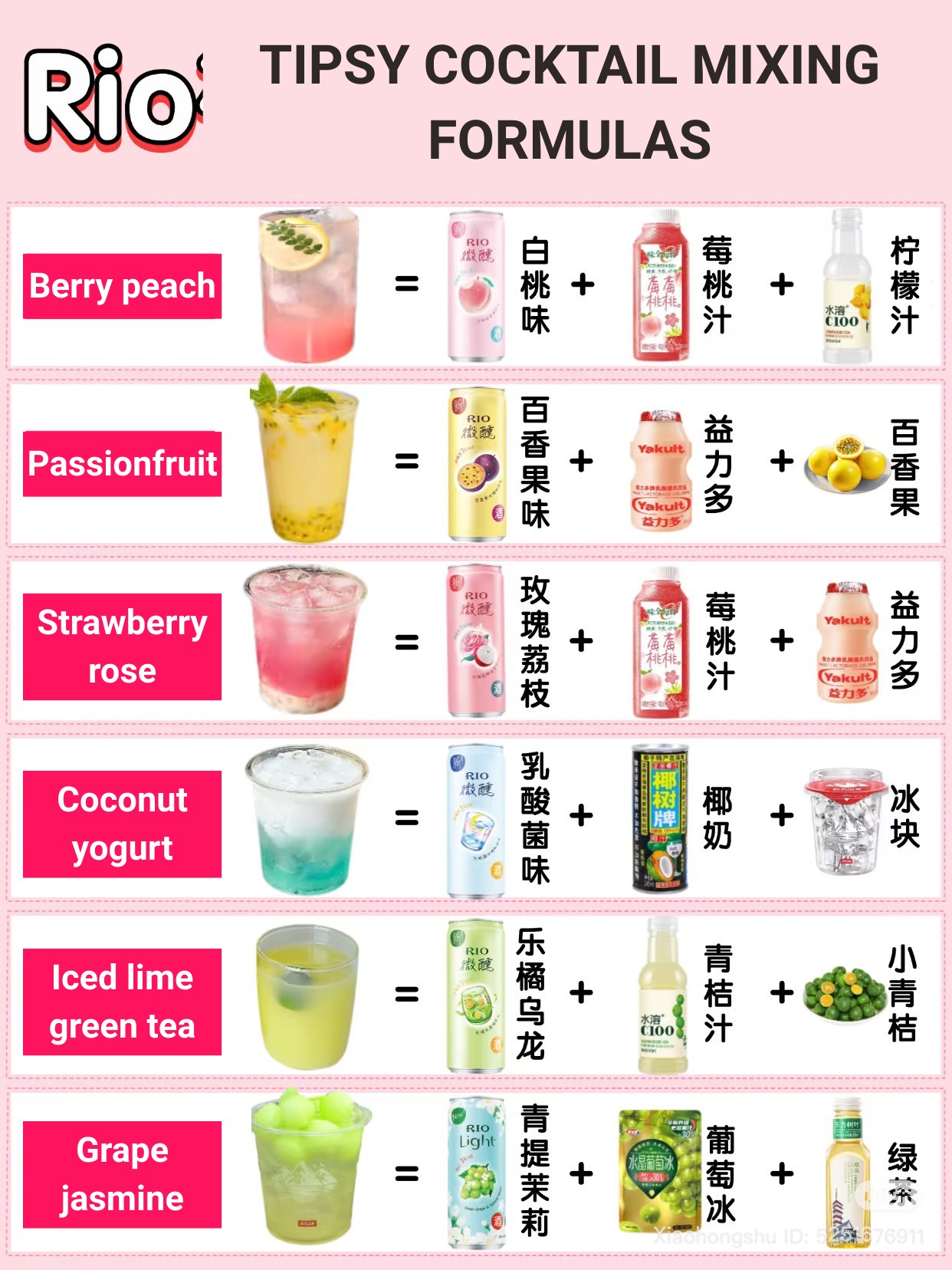
Expansion of China’s cocktail market
International spirit companies are increasingly investing in local production in China. Major players like Pernod Ricard and Diageo have invested and established production facilities in Sichuan and Yunnan. Pernod Ricard’s The Chuan distillery in Emeishan, Sichuan, started production in 2020 and launched its first local malt whisky in 2023.
International companies in the Chinese spirit market are also incorporating Chinese cultural elements into their branding. Diageo China’s digital marketing campaign was named best of the year at the FMCG Asia Awards in 2023. The heart of the brand lies in creating a captivating digital consumer experience, and Diageo broke from tradition to create a whole new digital experience. The campaign attracted over 350,000 participants, 54 million online impressions, and 18,000 new CRM members.
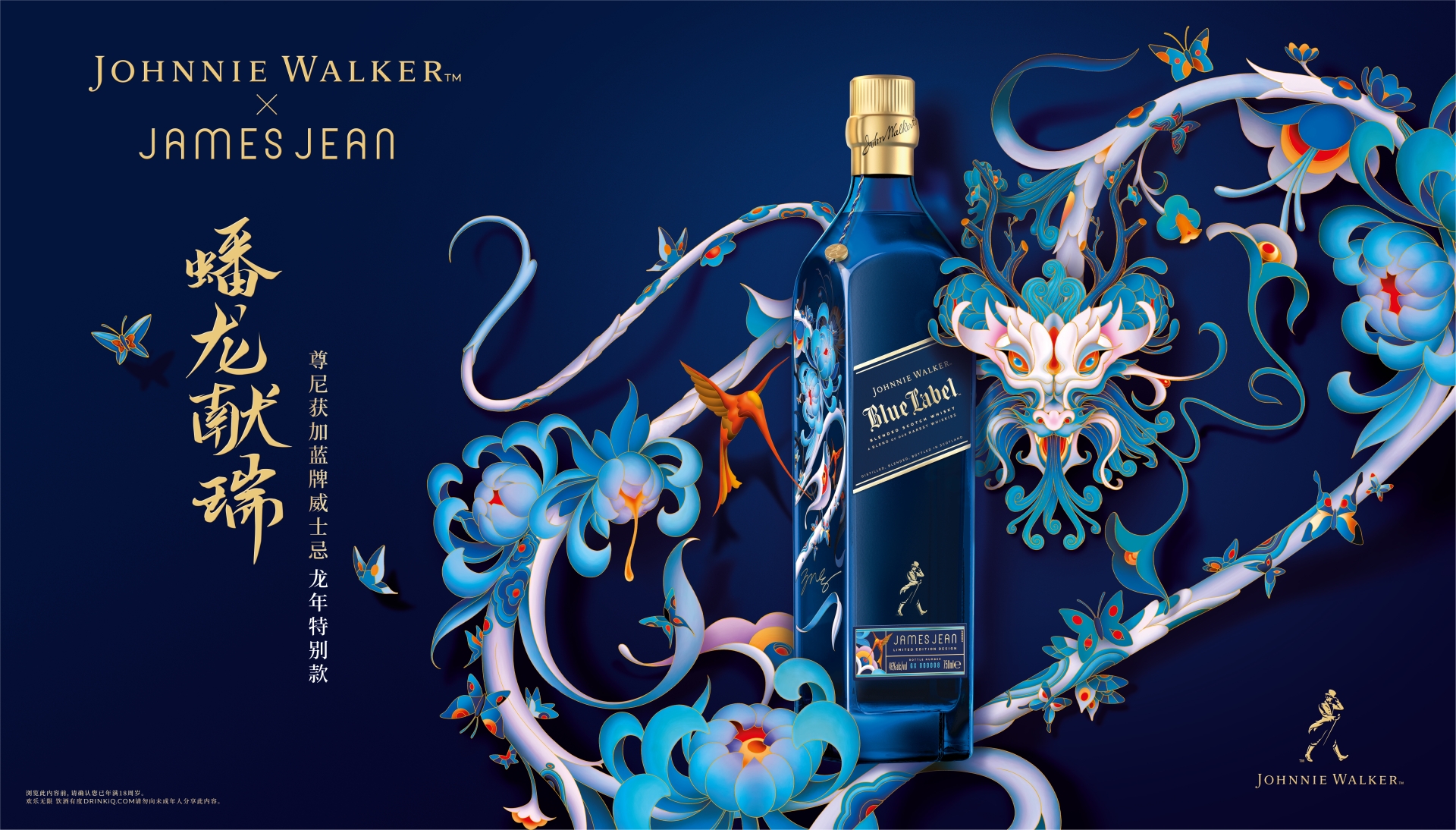
Key challenges for foreign brands in China’s spirit market
Although the rise of cocktail culture and pre-mixed drinks presents opportunities, foreign brands still face significant challenges in China. There are still difficulties for these companies to expand due to baijiu’s dominance of the spirit market. It’s challenging for foreign brands to gain a meaningful market share due to baijiu’s cultural significance and customer loyalty. It remains the go-to drink for many people, especially older demographics.
Additionally, foreign companies must navigate regulations, high import tariffs, and limitations regarding advertising, distribution, and labeling in China. As the economy develops, there are also uncertainties, especially amongst younger consumers’ spending. For premium brands, this demands a reevaluation of pricing strategies and product placement to remain relevant in a price-sensitive market.
A guide to China’s spirits market
- The revenue from alcohol sold in supermarkets and convenience stores in China amounted to USD 205.7 billion as of July 2025.
- Baijiu remains China’s national spirit, with a market share of over 90% and revenues reaching USD 165 billion in 2024.
- Other spirits like whisky are experiencing major growth amongst younger consumers. Vodka, gin, and rum are also popular spirits used in cocktails.
- Pre-mixed cocktails and canned drinks are trending on Chinese social media. RIO, being the leading brand, offers a tipsy but not drunk experience and numerous flavor options.
- International spirit companies are starting to invest in local production facilities in China.
- Foreign brands still face a lot of challenges expanding into China’s spirits market due to regulations and high import tariffs.



